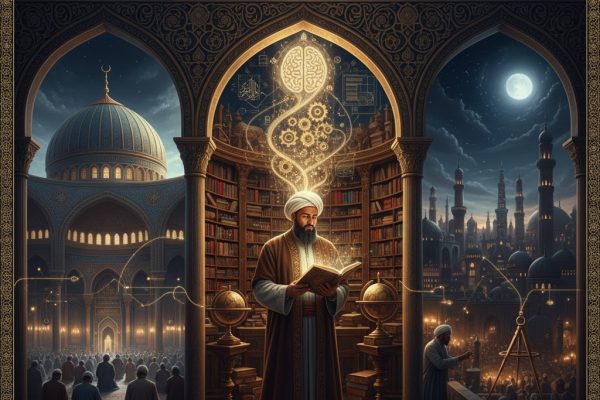
From Revelation to Reason: How Islam Built the Scientific Mindset
Discover how Islam transformed human thought from blind belief to scientific reasoning, laying the foundation of the modern scientific mindset.

Discover how Islam transformed human thought from blind belief to scientific reasoning, laying the foundation of the modern scientific mindset.
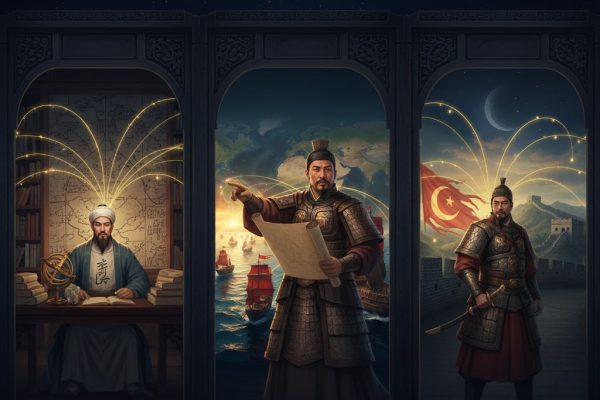
Discover the forgotten Muslim pioneers who helped shape Chinese civilization across the Song, Yuan, Ming, and Qing dynasties. From astronomers like Ma Yize and philosophers like Liu Zhi to legendary generals and navigators such as Chang Yuchun and Zheng He, this article reveals the hidden Muslim contribution to China’s science, military, culture, and global diplomacy.

Discover the full history of the 1637 Mystic Massacre, a pivotal event during the Pequot War that reshaped Native American–colonial relations. Learn about its causes, what happened during the attack, and its long-term impact on Indigenous communities and early American history.
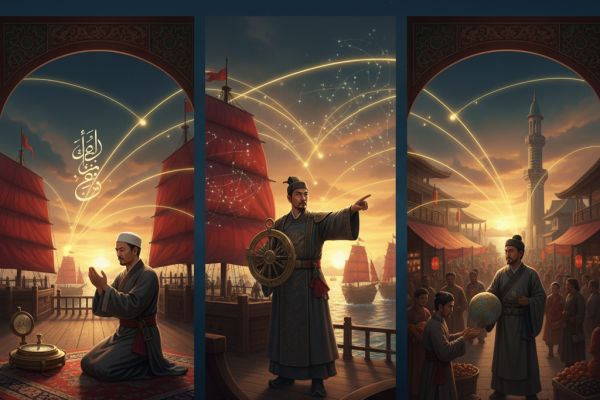
During the Ming Dynasty’s maritime golden age, Muslim navigators, scholars, and shipbuilders transformed China into a global sea power. Led by Admiral Zheng He, their voyages united Asia, Arabia, and Africa through science, diplomacy, and faith — proving that exploration could be driven by wisdom, not conquest.

During the Ming Dynasty (1368–1644), Muslims played a vital role in shaping China’s political, scientific, and maritime legacy. From generals and astronomers to the legendary Admiral Zheng He, Chinese Muslims advanced trade, navigation, and diplomacy across Asia and Africa, uniting civilizations through faith, knowledge, and service to the empire.
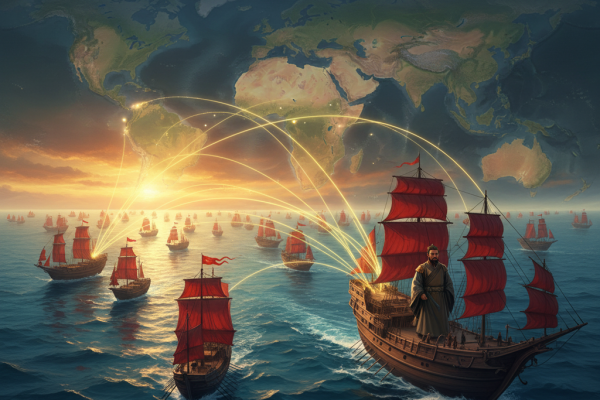
Zheng He, the legendary 15th-century Chinese Muslim admiral, led seven massive ocean expeditions across Asia, Arabia, and Africa long before European explorers set sail. Commanding fleets of over 300 ships, he built bridges of diplomacy, trade, and culture — proving that the oceans could unite humanity instead of dividing it.
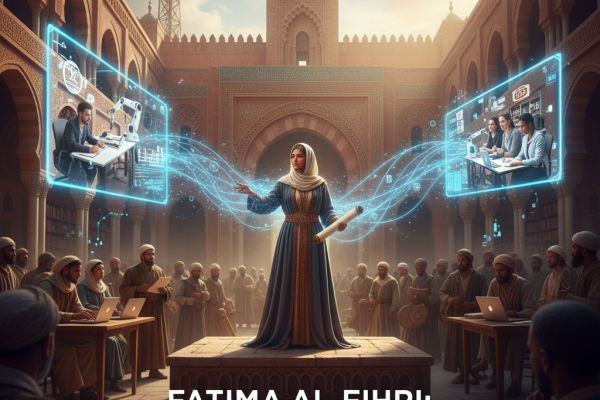
Fatima al-Fihri, a visionary Muslim woman of the 9th century, founded Al-Qarawiyyin University in Fez, Morocco — the oldest continuously operating university in the world. Her legacy revolutionized education, integrating faith, science, and culture, influencing generations of scholars and laying the foundations for modern universities.

Al-Hajib Al-Mansur (Muhammad ibn Abi Amir) was the undefeated commander of Al-Andalus, who led over 50 successful campaigns against Christian Europe. A brilliant statesman, reformer, and warrior, his death marked the end of Andalusia’s golden age. This biography explores his life, battles, faith, and lasting legacy in Islamic and European history.

Flooding remains a significant global challenge, with its frequency and severity expected to increase due to climate change. Addressing this issue requires a multi-faceted approach that includes improved infrastructure, sustainable urban planning, and a commitment to climate adaptation. By investing in these areas, communities worldwide can better prepare for and mitigate the impacts of flooding, ultimately saving lives and reducing economic losses.

“The Mughal era was a golden age of art and architecture in India, marked by significant cultural, artistic, and architectural achievement. The Taj Mahal, Lahore Fort, and Shalimar Gardens are testaments to the Mughal era’s architectural innovations and beauty, showcasing a perfect blend of Indian, Persian, and Islamic styles. These iconic buildings have had a profound impact on world architecture and culture, challenging traditional Western views and inspiring a new appreciation for non-Western cultures and their contributions to world heritage.”